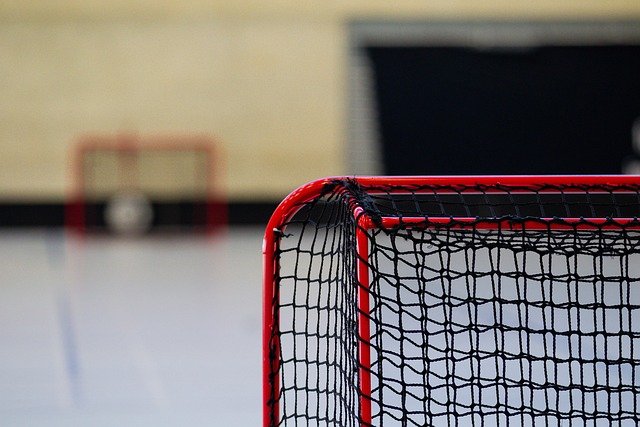Breaking Down the Science of Ice Hockey: A Comprehensive Analysis
Ice hockey, a sport that combines speed, agility, and physicality, has captivated audiences worldwide. This article delves into the intricacies of this dynamic sport, from its historical roots to the modern game's strategies and training methods. Ice hockey is a sport that has evolved significantly over the years. Originating in the 19th century, it has transformed from a rudimentary game played on frozen ponds to a high-speed, high-intensity sport played in state-of-the-art arenas. This evolution has been driven by advancements in training methodologies, equipment, and an increased understanding of the sport's physical and mental demands.

The Birth and Evolution of Ice Hockey
Ice hockey’s roots can be traced back to the indigenous communities of North America, who played a similar game on frozen bodies of water. The sport as we know it today, however, was formalized in Montreal, Canada, in 1875. The game quickly spread across Canada and the United States, and by the early 20th century, it had reached Europe.
The sport has seen numerous changes since its inception. The introduction of standardized rules, protective equipment, and the forward pass transformed the game, making it faster and more strategic. The evolution of training methods, focusing on strength, endurance, and skill development, has also played a crucial role in shaping modern ice hockey.
The Science Behind the Game
Ice hockey is a physically demanding sport that requires a unique blend of speed, strength, agility, and endurance. The game’s fast-paced nature necessitates high-intensity interval training, where athletes alternate between periods of maximum effort and short recovery times. This type of training mimics the game’s demands, preparing players for the rigors of competition.
Moreover, the sport requires a high level of skill, including skating, stick handling, shooting, and passing. These skills are honed through countless hours of practice, often starting at a young age. The development of these skills is underpinned by motor learning principles, which involve the brain, muscles, and nerves working together to perfect complex movements.
The Role of Strategy in Ice Hockey
Strategy plays a significant role in ice hockey, with teams employing various tactics to gain an advantage over their opponents. These strategies can include different offensive and defensive formations, power play and penalty kill strategies, and player matchups. Coaches and players must have a deep understanding of the game to implement these strategies effectively.
The Challenges and Rewards of Ice Hockey
Like any sport, ice hockey presents its share of challenges. The physical demands of the game can lead to injuries, and the mental pressure of competition can be intense. However, the rewards of playing ice hockey are numerous. The sport promotes physical fitness, teamwork, and discipline. Moreover, the thrill of competition and the camaraderie among teammates create a unique and fulfilling experience.
The Future of Ice Hockey
The future of ice hockey looks promising, with the sport continuing to grow in popularity worldwide. Advances in training methods and equipment will likely lead to even higher levels of performance. Moreover, the sport’s governing bodies are continually working to make the game safer and more accessible, ensuring that ice hockey will continue to captivate audiences for years to come.
In conclusion, ice hockey is a complex and dynamic sport that has evolved significantly over the years. From its humble beginnings to the high-intensity game we see today, ice hockey offers a fascinating study of physical performance, strategy, and the human spirit. Whether you’re a player, coach, or fan, there’s always more to learn about this captivating sport.





